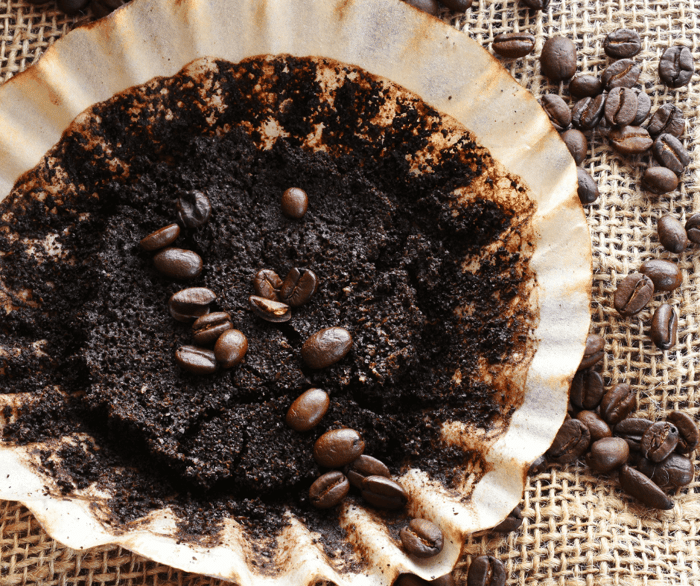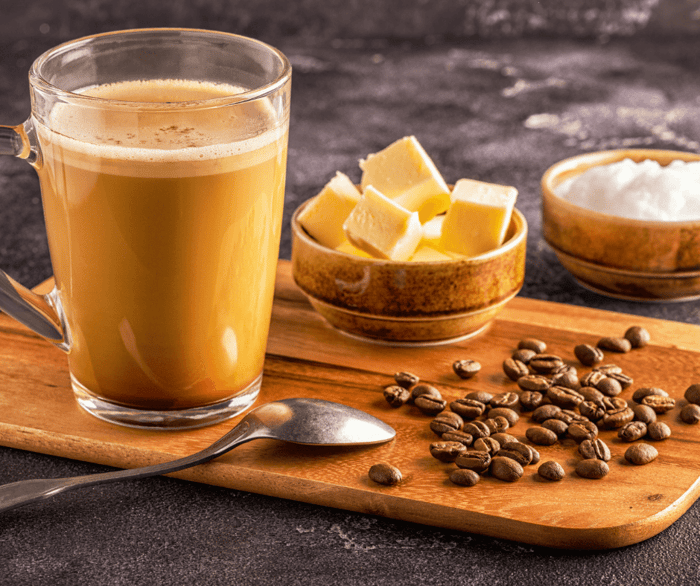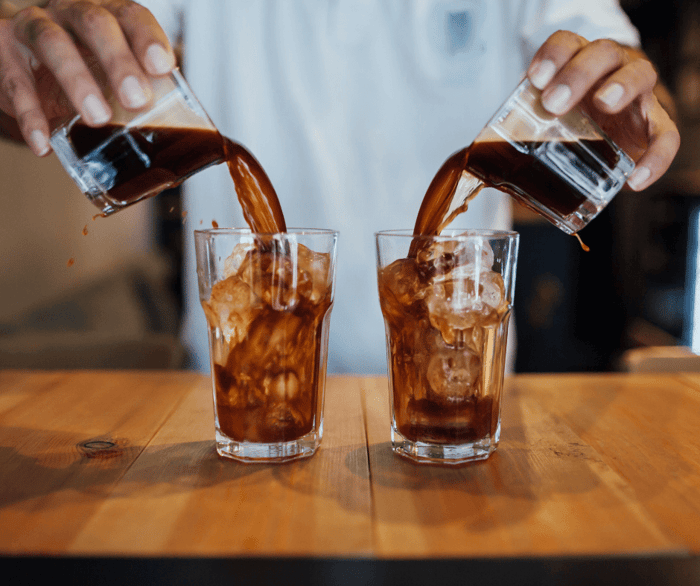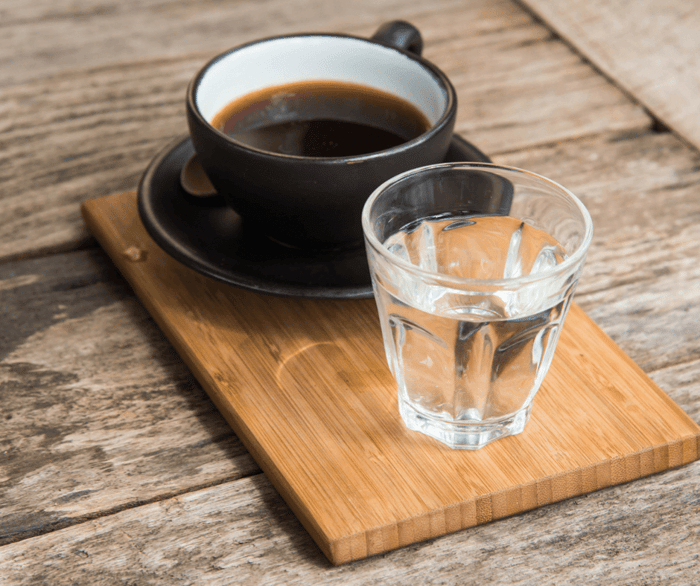Standing at the counter at your favorite coffee shop, trying to decide what coffee drink to order, it's easy to feel overwhelmed. There are so many options—what are the differences between a latte and a cappuccino? A macchiato and a mocha?
It turns out that while all these "coffee + milk" drinks taste different, they actually share a lot more similarities than differences.
They all have espresso in them, plus milk and some sort of flavoring. So really, deciding between these drinks comes down to personal preference.
Do you want your coffee drink to be sweet or savory? Creamy or frothy?
Here's a closer look at some of the most popular coffee drinks—an exploration of their similarities and differences. So that you can make an informed decision the next time the barista is glaring at you waiting for you to make up your mind.
Latte
A latte is a coffee with espresso and steamed milk, with a small amount of foam on top. Lattes are usually served in a taller, narrower cup, to show off that beautiful layer of foam.
Macchiato
The way this drink is made more or less depends where you are. An "authentic" macchiato recipe from Italy would just be espresso with a small amount of milk added, to "mark" or "stain" the coffee. In America, however, a macchiato is more like a latte—espresso plus steamed milk, but with less foam and sometimes a flavoring syrup added. This drink is sometimes served in a shorter, wider cup as well.
Cappuccino
A cappuccino is a coffee with espresso, steamed milk, and a thick layer of foam on top. Cappuccinos are usually served in a shorter, wider cup, to showcase the espresso shots.
Mocha
A mocha is a coffee with espresso, chocolate, and steamed milk. Mochas can be made with either dark or milk chocolate. They're usually served in a taller, narrower cup.
Americano
An Americano is a coffee with espresso and hot water. It's sometimes called a "long black" coffee. This drink is usually served in a tall, narrow cup. Some people add milk to their americano after ordering, which can make it similar to a caffe latte or an iced coffee with milk.
Flat White
A flat white is a coffee with espresso and steamed milk, with a very thin layer of foam on top. Flat whites are usually served in a taller, narrower cup. What makes them different from a latte? Just the amount of foam—a flat white has less. It's been popular in Australia and New Zealand for years, and has only become popular in the USA relatively recently.
Regional Differences in Coffee Drink Recipes
It bears repeating that the way these drinks are made can vary wildly depending on where you are (which doesn't make the differences between them easier to keep track of).
As with the macchiato, even a simple latte can be different depending on whether you're ordering it in America or Italy—except if you order a "latte" in Italy, you'll probably just receive a cold cup of milk! There, it's important to remember to order a "caffe latte" instead.
In America, we tend to drop the "caffe" from our drink names because there's no real confusion. Most people don’t go to a coffee shop in Indiana and order a latte, and expect to get a glass of cold milk. (Tip: if you’re visiting an authentic Italian or European cafe in the USA, especially in a larger city, make sure to remember the “caffe” to eliminate any possibility of a mix-up.)
The Takeaways
If you’re not really sure what to order, but you like a more “flavored” drink, you'll probably like a flavored latte or a mocha.
Drinks like the americano, flat white, and cappuccino are more coffee “flavored.” That is, they have a simpler coffee or coffee and milk taste.
As you can see, they’re all made of the same basic ingredients. The differences all really just come down to a few details—the ratio of espresso to milk, the amount of foam, and the type of flavoring.
So which one do you prefer? Leave us a comment below!









